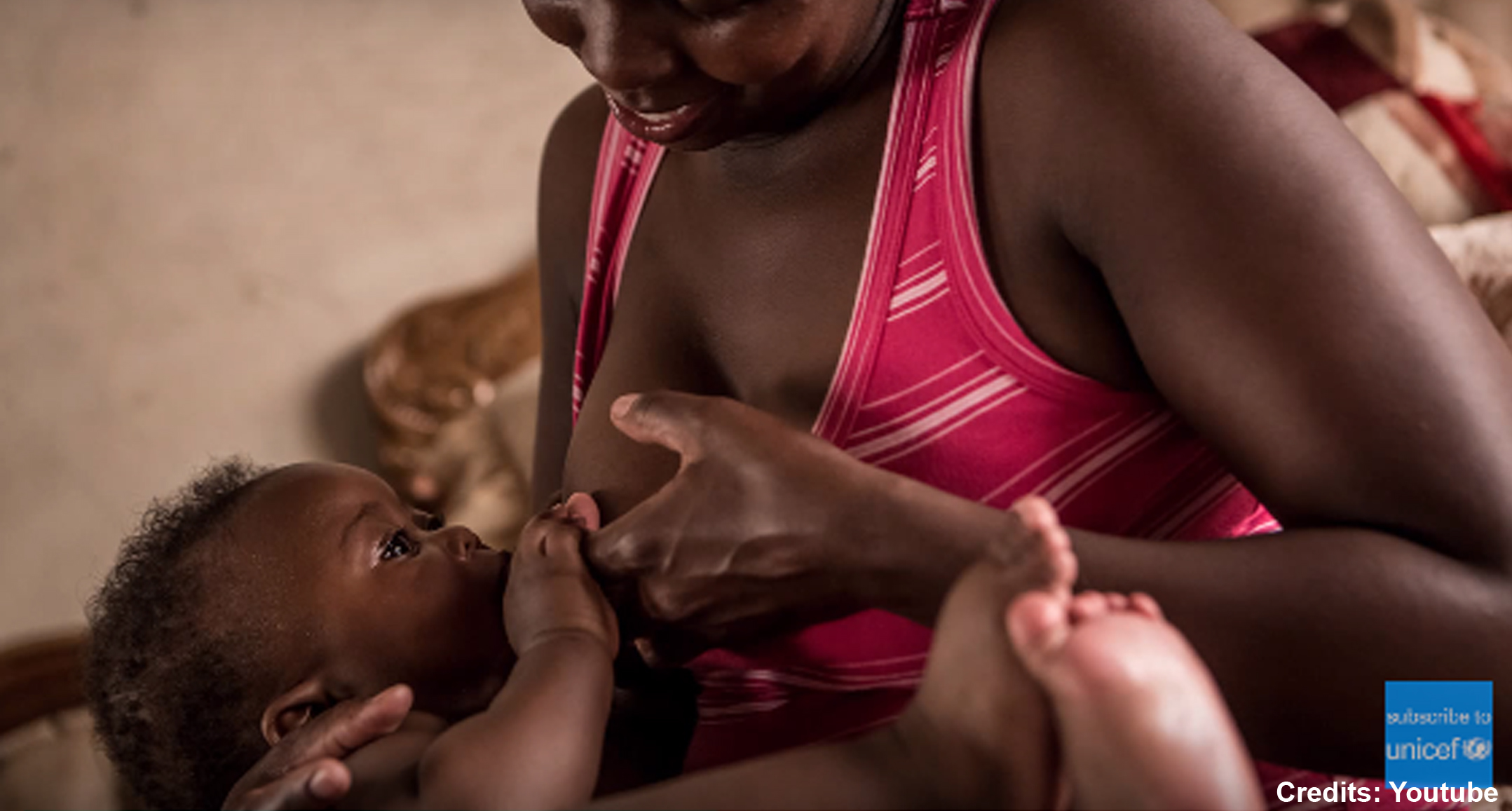Worldwide each year more than a million infants are born to women infected with human immunodeficiency virus (HIV), the virus causing AIDS. Mother-to-child transmission is prevented in most of the cases with maternal antiretroviral treatment during pregnancy, labour, and breastfeeding, and also with a short course of antiretroviral drugs for the baby.
Although these infants do not become infected, they are still more vulnerable; for instance, they are at nearly twice the risk of mortality as children born to women without HIV. And until now the reason behind these survival differences was unclear.
A new study, led by researchers at The Saban Research Institute of Children’s Hospital Los Angeles (CHLA) and published in the journal Science Translational Medicine, points out gut microbiota as an important factor.
Scientists in the study discovered that HIV infection in mothers can alter the development of normal and healthy gut microbiota in their exposed but uninfected babies. Even though HIV positive and HIV negative women had roughly similar gut microbiota, when it came to their children, researchers found, the intestinal microbes varied considerably depending if they were HIV-exposed or unexposed during pregnancy.
For the study, researchers enrolled 50 mother and infant pairs in Port-au-Prince, in Haiti. Half of the women were HIV-positive and the other half, HIV-negative. The scientists compared the gut microbiota of the women and found it was largely similar.
Strikingly, though, when analysing their infants’ microbiota they discovered that children presented with important differences: to start with, HIV-exposed but uninfected children’s gut microbiota was less diverse and less mature than that of infants born to mothers without the infection. That is, the HIV-exposed infants had an altered composition of their microbial communities.
These findings surprised researchers: mother-to-infant transmission of microbes could not account for the differences found in children, because the mothers had all very similar microbiota. The researchers decided then to look at breast milk. In contrast with developed countries where HIV-positive mothers are dissuaded from breast-feeding (according to WHO protocol), in developing countries with low resources, HIV-infected women following antiretroviral therapy are strongly encouraged to breast-feed their babies due to the health benefits human milk conveys.
It is known that some of the nutrients in the milk, oligosaccharides, glucids which are indigestible for us but digested by gut microbiota, serve as prebiotics, promoting the growth of beneficial gut bacteria in the infant. In fact, human breast milk is a key contributor to the healthy development of the infant gut microbiota, and thus his or her metabolism and immunity.
Researchers analysed oligosaccharides in breast milk of the two groups of women and found dramatic changes in HIV-positive mothers. According to the authors of the study, these findings suggest that perturbations in the correct development of infants’ gut microbiota due to differences in the oligosaccharide composition of breast milk may explain the different composition in the children’s gut microbiota and possibly, their vulnerability.
Also, the authors of the study hypothesize probiotics (beneficial bacteria) and prebiotics (such as specific oligosaccharides) could be used in the case of these at-risk babies and help them establish a normal microbiota.
References:
Bender JM, Li F, Martelly S, et al. Maternal HIV infection influences the microbiome of HIV-uninfected infants. Science Translational Medicine. 2016; 8 (349): 349ra100 DOI:10.1126/scitranslmed.aaf5103


